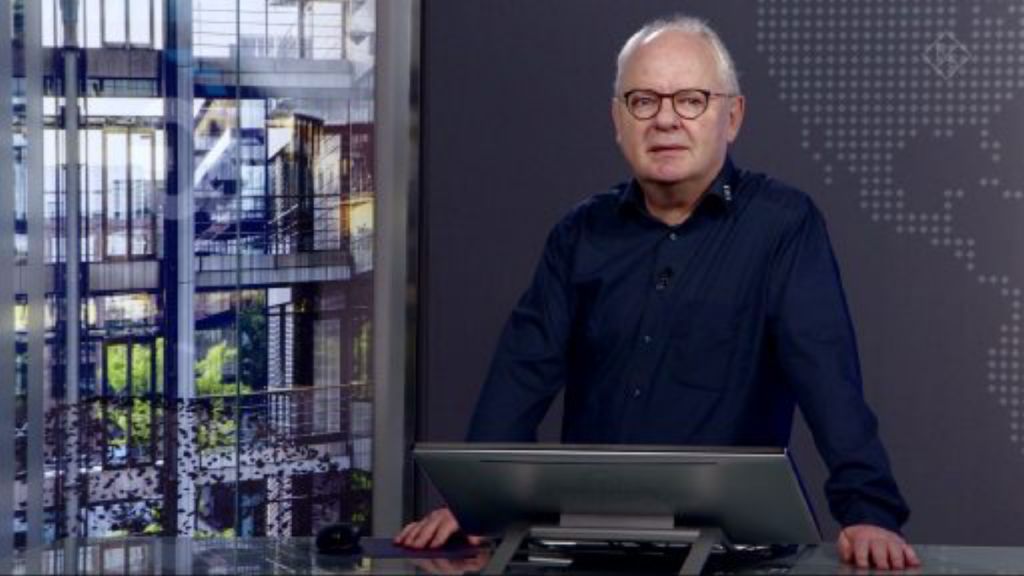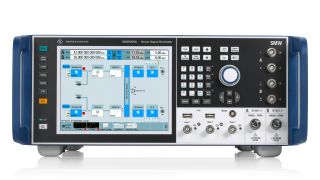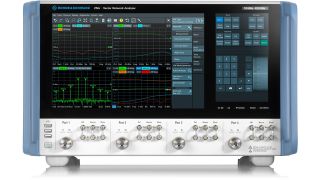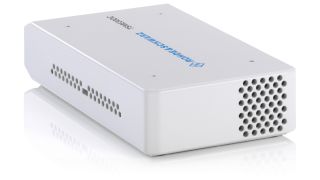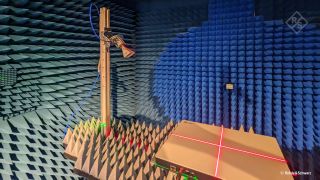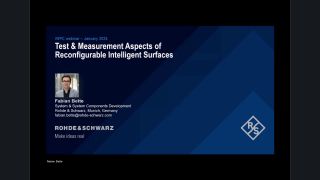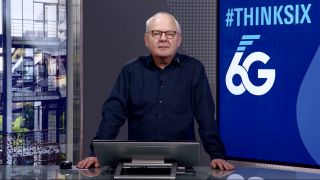RIS for 6G networks
Reconfigurable intelligent surfaces (RIS) have gained tangible interest in recent years in academia and the wireless industry, as they offer a whole variety of benefits for both modern millimeter wave and traditional sub-6 GHz wireless communication systems. The benefits range from significant radio coverage improvements to reduced energy consumption for the radio subsystem. RIS surfaces provide a potential solution for the challenging coverage issues through configurable reflection/refraction/scattering patterns in the millimeter wave range in particular. Impinging radio signals, for example from base stations, can thus be supported on their way to mobile devices and vice versa. Furthermore, they can be used to enhance the multipath radio propagation characteristics, which in turn lead to improved conditions for spatial multiplexing applications. Consequently, they support the increase in the overall network throughput. RIS can also intentionally create dead radio zones, for example to minimize interference or prevent eavesdropping by suspicious user equipment. Countless applications are therefore discussed for the deployment of RIS in radio networks.






